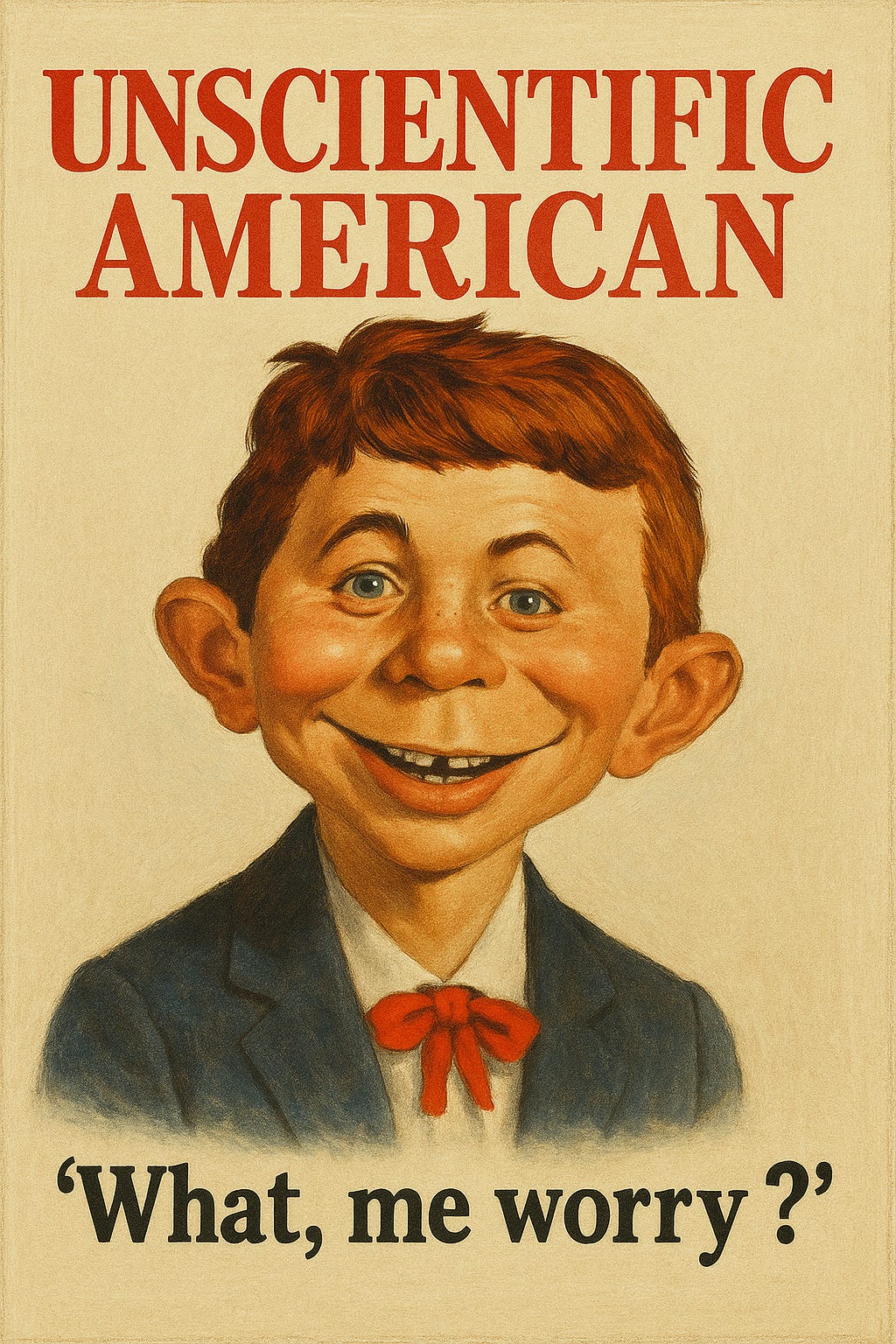In 2019, Scientific American published Is Inequality Inevitable?, arguing that economies move inexorably towards oligarchy, with a single person ultimately owning almost all the wealth. The motivation for this claim was the so-called “yard sale” model. In this model, developed by a physicist, wealth changes hands during economic transactions when one party pays either more or less than an item is intrinsically worth. When the transactions in the model are simulated, the end result is that one agent ends up with all the wealth in the long run, even if all market agents are equally likely to overpay or underpay, and even if all market agents start with the same level of wealth.
The article suggests that an underlying complex model is at work that explains the tendency for concentration of wealth in the economic system; in reality the underlying model is just an application of the classic “gambler’s ruin” problem, although, oddly, the term “gambler’s ruin” is never mentioned in the article.
The yard sale model is equivalent to a bet in which each player randomly wins or loses a fixed sum of money on every turn. Let’s derive the probability that one player will clean out the other player in the long run, which will make the article’s argument more clear.
Suppose we have two gamblers, Alice and Bob. When they start, Alice has k dollars and Bob has m dollars. The total amount of money is N = m + k. They play a game of chance in which Alice has a probability p of winning on each turn while Bob has probability 1 - p = q of winning. If Alice wins on a turn, Bob pays her one dollar. If Bob wins, Alice pays him one dollar. They keep playing the game until one of the players wins all the money, N dollars. We are interested in the probability Ak that Alice will win all the money when she has k dollars. The probability that Alice wins all the money when she has k dollars is equal to the average of winning a dollar and thus winning all the money when she now has k +1 dollars or losing a dollar and winning all the money when she now has k - 1 dollars, i.e.,
We can rearrange this expression:
Thus,
Then we can write
In general,
Summing these expressions, we have
and so
We can evaluate the geometric series using the formula in Gyan’s previous post.
Since AN = 1, we can solve for A1 as
We still need to derive Ak. Recall that
Then
In general,
This formula is not defined when p = 1/2, since it is 0/0 at that value. However, we can use l’Hopital’s rule to derive the solution for this case.
The formula implies that if Alice and Bob both have a 1/2 probability of winning a dollar on each round and if they start with the same wealth, i.e., k = m, then N = k + m = 2k, and
Both Alice and Bob have a 50% chance of winning all the money and becoming the oligarch. Ultimately, the Scientific American article is making this mundane point.
Of course the economic validity of this mundane point depends on whether transactions can be viewed as gambles in which there is some objective value for a good or service that one of participants can get wrong. That view ignores perhaps a century of modern economics, which emphasizes that prices are determined in markets by the interplay of preferences, technology, and resource constraints. The “yard sale” model implicitly assumes that arbitrage opportunities—the ability to buy and sell the same good or service for different prices simultaneously—are everywhere. However, the empirical evidence suggests that true arbitrage opportunities are exceedingly rare.
Is It Better To Be More Skillful or To Have More Starting Wealth?
We can answer this question by using the general formula. Let’s assume that Alice is twice as skillful as Bob in winning a dollar on each round of the game, so p = 2/3 and q = 1/3. On the other hand, Bob has twice the starting wealth. If Alice starts with $10, Bob starts with $20. What is the probability that Alice will eventually win all the money? Using the formula
we see that Alice is almost certain to win all the money in the long run. It is better to be twice as skillful rather than twice as wealthy in games of chance.
Being More Skillful and Having More Starting Capital Is Even Better
When playing roulette in a casino, one the simplest bets you can make is an “outside bet” in which you bet that the ball will fall in one of the 18 red pockets or it will fall in one of the 18 black pockets. If the ball falls in a red pocket and a player had bet on red, the player wins a dollar from the casino. On the other hand, if the ball falls in one of the black pockets or in the 0 or 00 pockets, the house takes a dollar from the gambler. The 0 and 00 pockets give the house a slight edge.
What is the probability that the casino will clean out the player if he keeps betting? For the casino, the chance of winning is 20/38, since there are 20 ways for the casino to win out of 38 possibilities, counting the 0 and 00 pockets. In general, the casino will have much more capital to bet with than a typical gambler, given the casino’s size, and since casino’s impose table limits to constrain the gambler’s capital. Let’s suppose the casino has ten times the starting capital as the gambler, so that if k = $100, the gambler’s capital is $10. Using the formula, the probability that the casino will clean out the gambler, C100 , is
A very slight advantage plus a large capital difference makes gambling an extremely profitable business for the casino.


